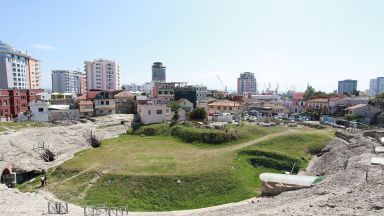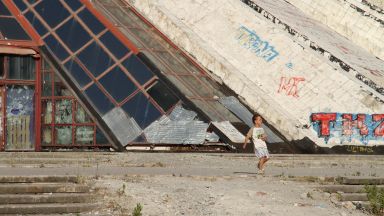Burrel: The Complete Guide

Burrel is a northern Albanian city, 91 kilometers from Tirana.
During the Illyrian period the area was inhabited by the Pirustae Tribe, who successfully resisted the Roman invasion of the area until the second century BC.
The area is known as the “Land of kings”, being the birth place of the father of Gjergj Kastrioti, who is better known as Skanderbeg. It was also the birthplace of the Albanian King Zog I – of whom there is a statue in the middle of the town.
The Mat Historical Museum, located near to the center of town, was opened in November 29, 1971, and holds archaeological, ethnographic and archival data within it, from all over the Mat District.
The town is small and pleasant, but has suffered from depopulation since the 1990’s due to lack of employments and the lure of Tirana and Durres.
Visiting Burrel for the first time and wondering what are the top places to see in the city? In this complete guide, I share the best things to do in Burrel on the first visit. Top help you plan your trip, I have also included an interactive map and practical tips for visiting!
This website uses affiliate links which earn a small commission at no additional cost to you.


